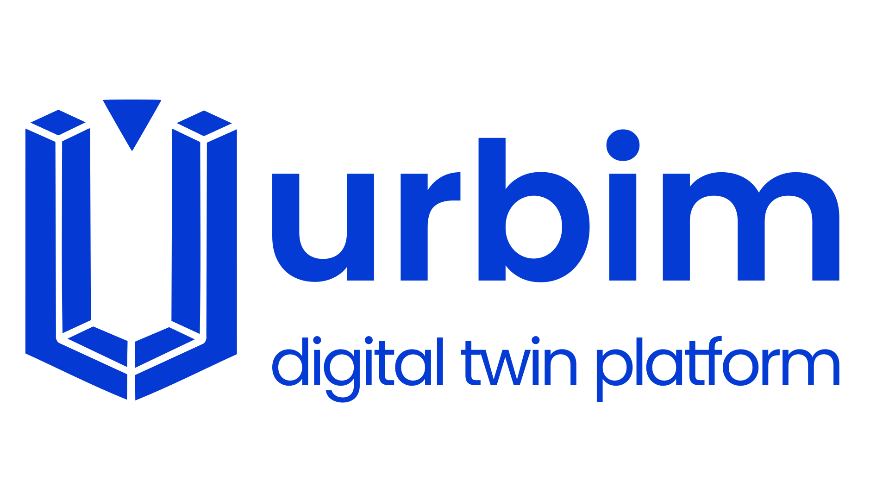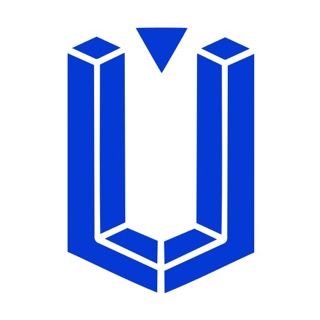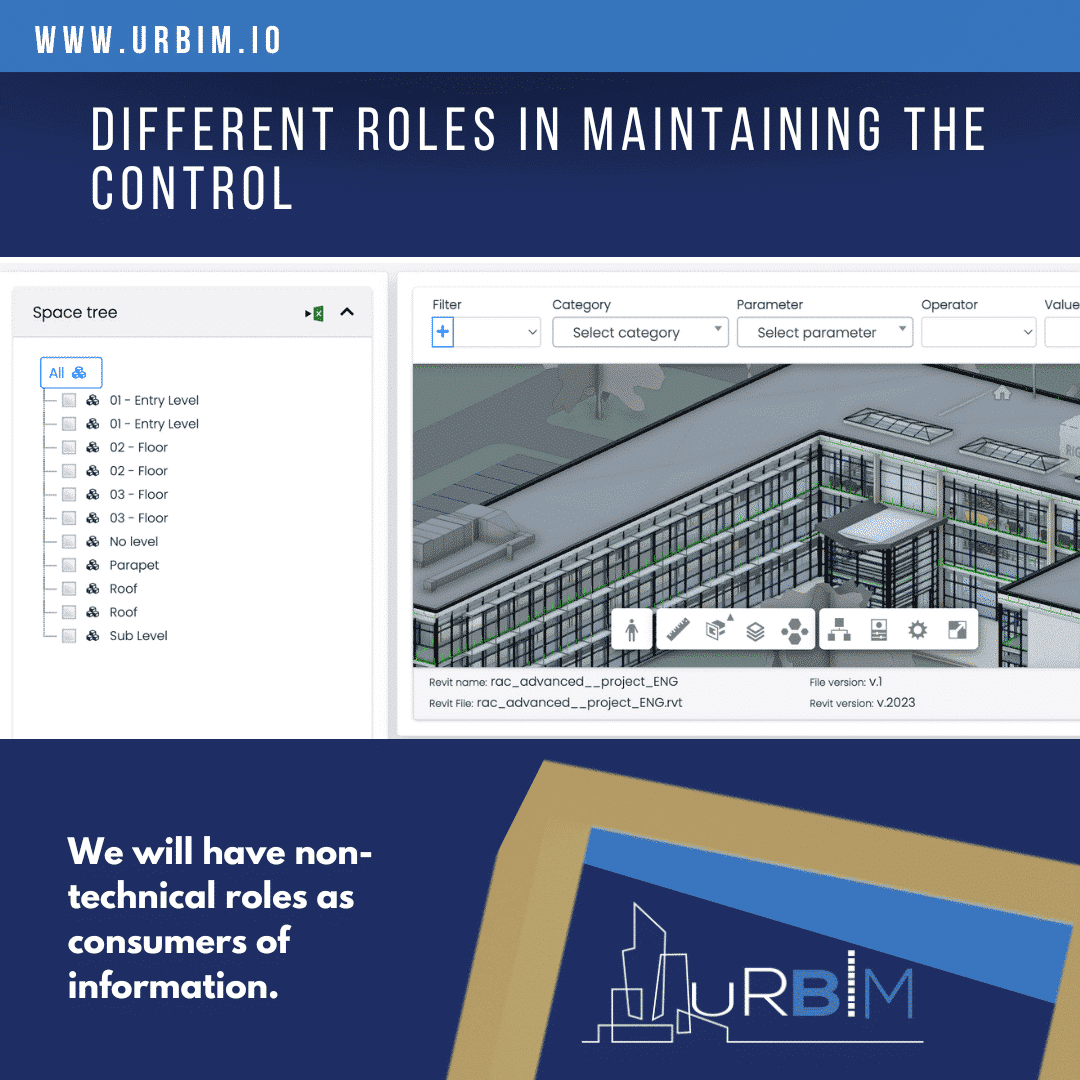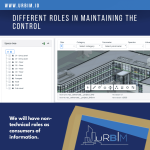Roles are essential to maintain control and planning of any asset because, from the information provided by the team, it is possible to create a stratification of usability within the same ecosystem.
Projects where multiple disciplines work together are becoming more frequent, with disciplines that must integrate to meet a common purpose or objective. This new challenge also presupposes that the professionals of these disciplines must be updated for teamwork and trained to handle all platforms that help and propose this work model.
Teamwork and multidisciplinary work is a mandatory constant in large-scale projects; therefore, so will the platforms, software, or tools they rely on to comply with this model. A clear example is the BIM model, where design, planning, operability, and many factors and disciplines that require efficient teamwork are mixed.
To fulfill this consideration in an organized manner, roles are created, roles that do not have to do with the position or hierarchical structures within an organization or project but are focused on the functionality of the role where at any time in the life cycle of the asset, can be changed, modified, or adjusted.
In URBIM, there are fundamental roles of one or more projects that create and assign other roles. In this way, a user can be assigned its functionalities and more than one role in an asset, which generates the possibility of growth within the same ecosystem, in addition to having non-technical roles as consumers of information and data that, in the long term, can also cause it.
These roles have helped to understand much more functions of professional profiles and have created and innovated other disciplines that fulfill precise functions; it has also allowed delimiting each role function so that workloads are as balanced as possible at any time of the life cycle of an asset, maintaining order and organization within the projects bringing hand in hand efficiency in the development and guaranteed sustainability.






